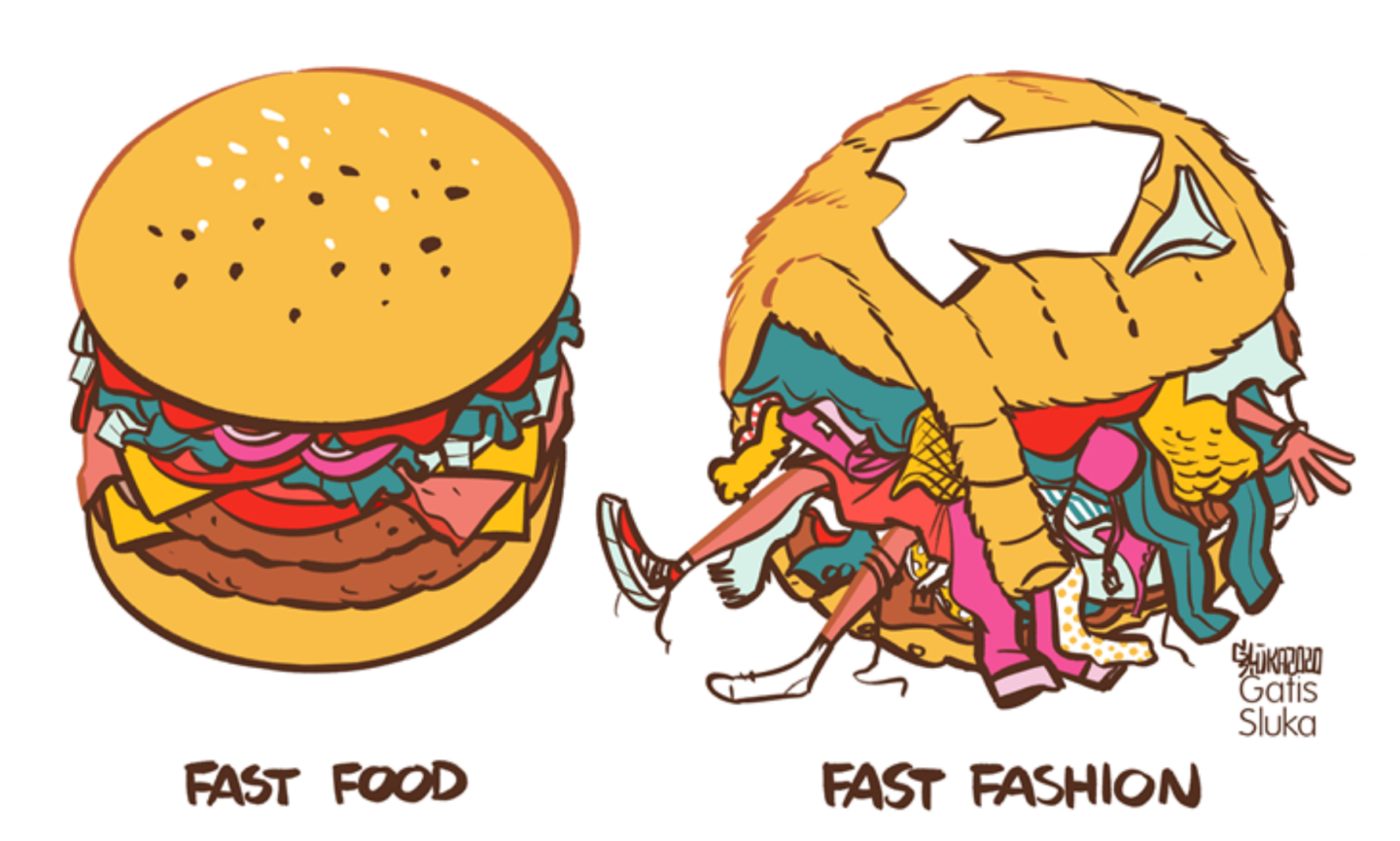Author: Maddy Chong ’23
With the holiday season quickly approaching, many people are starting to make their wish lists and buying presents. However, it can be hard to be sustainable, especially with the emphasis on online shopping this year, so I have compiled my favorite tips to help keep gift-giving green.

Step 1: Make a List of People You Care About
This time of year puts a lot of pressure on people to spend money to show that they care. As a result, we can end up spending too much money buying gifts simply for the sake of getting them. My biggest reminder is that you don’t have to buy someone a present to show that you love them. However, if you would like to give gifts, start by writing down who you want to give something to. This helps you keep track of any purchases and curb impulse spending.
Step 2: Picking Gifts
Here are some tips to figure out how to give something while staying eco-friendly! First, try and look for experience gifts rather than material gifts. You don’t want to buy something that someone is going to end up throwing away eventually, so try to buy gifts that can be experienced or used for a long time. This is how we can keep a sustainability mindset when we shop, which is thinking about what happens to presents after they have been gifted (Be sure to check out our Black Friday IG post to learn more about keeping a sustainability mindset). Here are some great experiential gift ideas:
- Gift cards!
- Subscriptions to music services or a workout program
- A donation in their name
- Virtual classes (cooking, dancing, music lessons, etc.)
- National park passes
- A custom playlist
- Tickets to a (virtual for now) concert or adventure
- Your favorite recipe and the ingredients (so you can make it together)
Making your own gifts is also a great idea. Whether it’s food, something sentimental, or a piece of artwork you know they would like, a homemade gift can be thoughtful and uses less packaging.
If you do decide that you want to buy something material, here are some ideas to keep in mind:
- Find gifts that can be used frequently and for a long time! I try to avoid things that have a niche use or are of low quality.
- Shop locally, BIPOC owned! This will reduce your footprint as well as show support for your community. Also, buying secondhand will make sure that no new items are being manufactured.
- Find ethically made items. Look for things that are Fairtrade, organic, recycled, zero-waste, or carbon neutral. This might take a little bit of research. Also, be careful of packaging that says it’s “eco-friendly” or “green,” because products can say this without actually making sustainable decisions (aka as a marketing ploy also known as “greenwashing”).
- Items with a charity aspect can be a good alternative to those without. For instance, if your purchase also donates money to planting trees or a non-profit. Be careful with these products though! You could technically donate to that charity or to plant trees without shipping a product, so make sure that it is something they will use.
- Buy reusable replacements to typical single-use products! A lot of household products are designed to be used once and thrown away (think plastic wrap, plastic utensils, napkins, paper towels, Ziploc bags, makeup wipes), so this type of gift can actually save them money in the long run! Finding items that are refillable is also a good idea. Some services now allow you to order items and then send back the containers when you are done.
Step 3: Wrapping your Gifts
Every year, America alone goes through millions of pounds of wrapping paper, more than enough to cover nearly 6,000 NFL football fields! Luckily, swapping out your wrapping paper is one of the easiest ways to reduce waste this season. Considering that the paper is designed to be ripped off and discarded, you’re also going to be saving a ton of money on new rolls each year. However, remember to use up what you already have! This goes for gifts too. If you receive reusable or eco-friendly versions of items, finish up the rest of what you’ve got before opening new products. Throwing them away now defeats the purpose of having reusables!
First, try using paper other than wrapping paper, such as newspapers or the brown paper that comes with packaging. Bonus points for the vintage look (and the recyclability)!
Continue that aesthetic by opting for string, twine, or ribbon instead of tape. Tape is just plastic with glue on it, so trying to limit how much you use is a good idea because it is not recyclable.

In the same vein, make sure that you take off any tape you do use from wrapping paper that is recyclable. Remember that not all wrapping paper is recyclable! If it has glitter on it or doesn’t crumple, throw that in the trash! If you use other sources like packing paper or newspaper, try to remove any tape before you put that in the recycling bin.
However, the best way to present your presents is to not use paper at all! I love wrapping gifts in things like clothes, blankets, or scarves. Not only does this look cute, but no waste is produced! You can also use boxes that you already have, such as shoe boxes, online shopping boxes, or clean food containers (and reuse again and again)!
I hope you found some new tips that you love, and remember that any steps you take will help. Happy holidays, Tigers!



